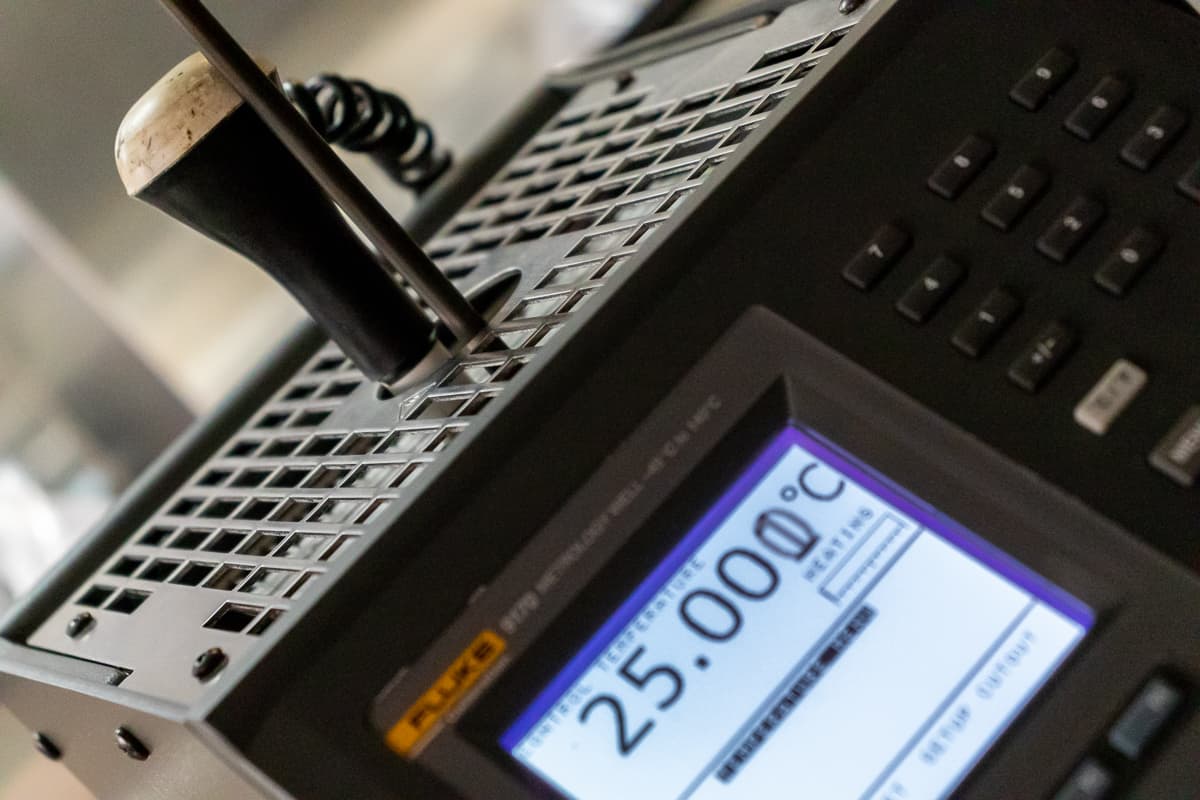Why are metrology calibrations so misunderstood? Three common reasons affecting every business – Article 2 of 3

In part one of our three-part blog series we covered how many businesses have a lack of understanding on the importance of metrology calibrations which can lead to unaccounted for equipment and a lack of proper maintenance and care.
In part two of the series we’re looking at the second common reason metrology calibrations tend to be misunderstood.
Problem 2: Insufficient information available on the best way to internally manage calibrations
Every business is different and has their own set of internal processes for managing calibrations. Despite this, we’ve found some common gaps which if tweaked, could vastly improve your calibration process.
Start with an accurate list
This is the number one area businesses struggle with. Shockingly 50% of QA teams admit their asset lists are out of date.
We know creating an asset list is time-consuming, but having an accurate list plays an important part in ensuring your equipment calibrations and periodical audits run smoothly.
With potentially thousands of pieces of calibration equipment on site, creating an asset list can be a daunting task. However, putting in the work upfront saves a huge amount of time further down the line. Giving you swifter audits, asset traceability at your fingertips and significantly reducing the risk of a non-conformance because of missed calibrations.
As a minimum for every piece of equipment you should log the serial number, manufacturer, model, description, current department, current location (on-site/off-site), number of calibrations required per year, and previous calibration dates.
Some calibration suppliers can do the leg work for you and will collate a list with all the detail you need. Have a look at how our Asset Scan service will build a detailed metrology and weighing asset list for your business.
Continually update and manage your asset data
Once you have your list, it needs to be continually managed to ensure the data doesn’t become out of date as soon as a calibration takes place, or a new piece of equipment is added or removed from process.
Many businesses make the mistake of using a spreadsheet to log their assets. Spreadsheets are great tools for many things, but not when it comes to data asset management. Many ‘spreadsheet databases’ become quickly out of date as the administrative upkeep gets pushed down the list of priorities.
Instead, an asset management system provides one, centralised location to store and manage your data, ensuring each asset is always kept up to date.
But an asset management system also offers more than just a place to store and update your asset list. They simplify your entire calibration process, from beginning to end, by:
- Sending automated reminders when an item is due for calibration
- Allowing you to arrange calibrations directly through the system
- Providing full traceability on all your metrology equipment
- Removing long-winded paper trails by centralising the details and past history of each piece of your metrology equipment, including the associated manuals, certificates and inspection reports
Ready to keep reading?
In our final article we look at the third problem facing businesses when arranging metrology calibrations; a lack of clear guidance on the attributes to look for in a calibration supplier.
Or, download our guide, ‘Why are metrology calibrations so misunderstood?’, where we cover the three common reasons affecting every business, in greater detail.